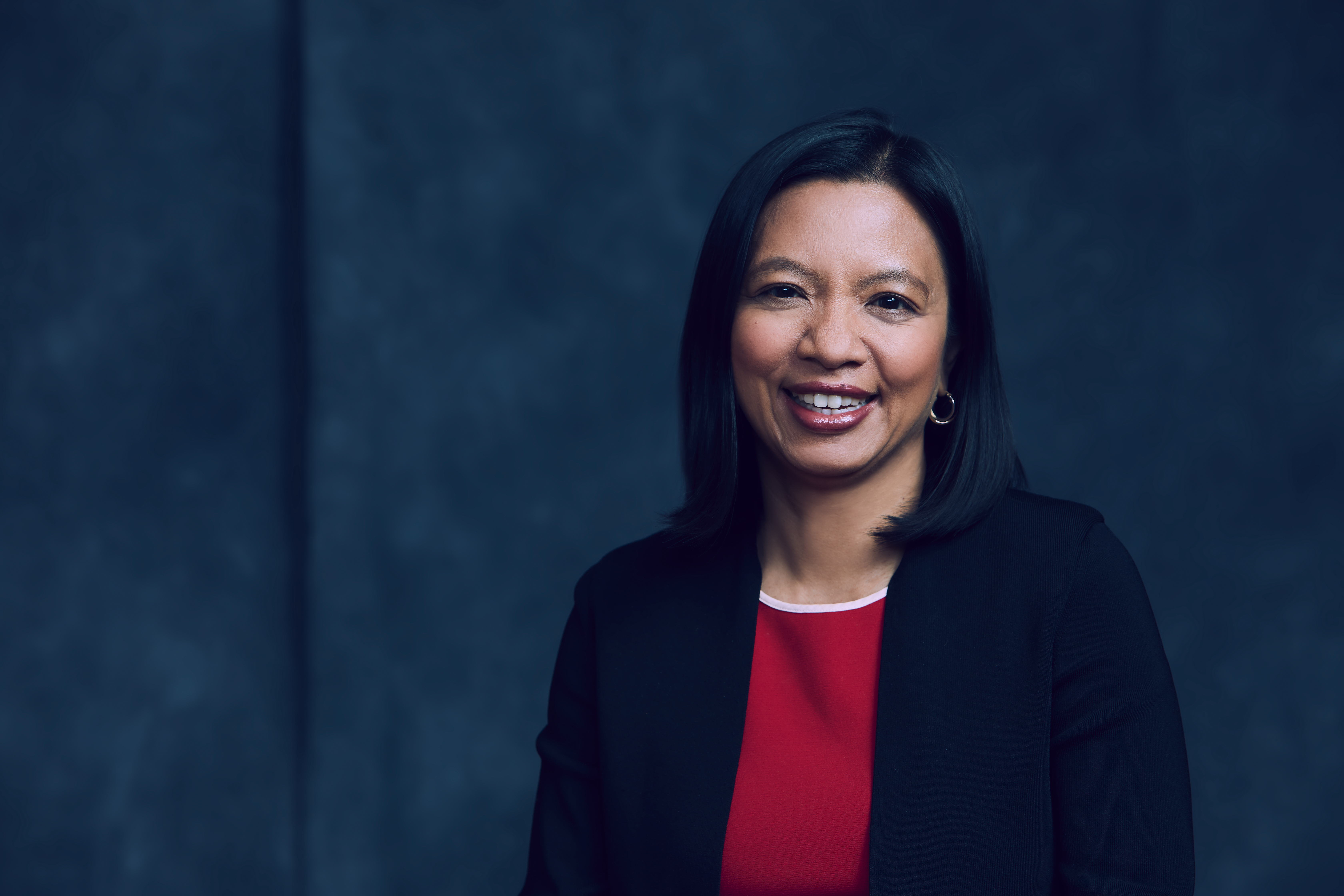Living By Her Own Code
NAME: Anne Aaron
TITLE: Director of Encoding Technologies
COMPANY: Netflix
CAREER HIGHLIGHTS: Creating a modern, cloud-based Linux video encoding platform that has allowed Netflix to expand its operation into 190 countries around the world.
QUOTABLE: “Our goal was to bring down the bit rate needed to still have compelling picture quality. For some folks in some regions, you have to make it good enough for them to watch.”

Back in 2011, as it embarked on an ambitious global invasion plan to take its subscription streaming model to Europe, Asia, Latin America and every far-flung region in between, Netflix needed a little, well, empathy.
People in different countries consume the internet in very different ways, with a variety of infrastructural wherewithal. In short, the world was ready to stream video. But not everyone could stream the same way. As luck would have it, a young former Cisco Systems engineer, Anne Aaron, had just signed onto Netflix’s encoding team. She had a fundamental understanding of the challenge at hand.
The Filipino native rode in “jeepneys” (World War II vehicles converted into public transports) on her frequent visits to her homeland. Passengers access the internet through the mobile hotspot feature on the driver’s phone. Of course, there’s a sign on the side of the vehicle reading, “Free WiFi.”
The jeepney is an “extreme example,” laughed Aaron, who now holds the title of director of encoding technologies at Netflix. “But you have to know how people live in these places.”
Global Knowhow
Indeed, overseeing a team of around 40 engineers, a case can certainly be made for Aaron’s MVP credentials. Could Netflix have embarked on a march to 190 countries, serving 150 million subscribers, without developing the kind of sophisticated video technology that let it distribute over such a diverse swath of infrastructural and consumer needs?
The smarter way to stay on top of the multichannel video marketplace. Sign up below.
After earning a Ph.D. in electrical engineering at Stanford University, Aaron still lives in nearby Menlo Park, California, with her husband, another denizen of the Valley startup video scene, and her two young boys.
She was happily working for Pure Technologies, maker of the Flip Video camcorder, when Cisco bought the company for $590 million in 2009. Two years later, though, Cisco decided it didn’t want to be in the Flip Video business after all, and the Flip camera group, including Aaron, lost their jobs.
Now was the time to join Netflix, a company that had been courting her for years and about which she was already very familiar with and fond of as a consumer.
In the beginning, in 2011, the Netflix encoding team was just Aaron and her manager, David Ronca, then Netflix’s director of encoding technologies. They immediately got to work on revolutionizing Netflix’s process for taking video, digitizing it in hundreds of different versions, then delivering it to customers at a bit rate that allows them to watch on their given device and with their given internet connection. It started with a migration from an old Windows-based platform onto a more robust, Linux-powered, cloud-based system.
Previously, it might have taken Netflix five days to encode a two-hour movie. “With the new system, we could chop that up into little pieces and do it in just a few hours,” said Aaron, describing a skill that became essential as expansion drove up the number of required versions exponentially.
Ronca, her former boss, said: “I knew I wanted to work with Anne from the day we first met. She is smart, unafraid to take risks and has a good business sense. During the time we worked together at Netflix, Anne built one of the best video technology teams in the world. Her team did pioneering work on Dynamic Optimized encoding, delivering the highest possible quality at bit rates as low as 100 Kbps. In addition, Anne has been a vocal advocate for diversity and inclusion, and she has worked hard to increase opportunities for women in video technology. Anne is an exemplary leader and role model.”
From the beginning, Aaron and her group, which grew over time, worked to deliver the best picture quality possible without disruption from buffering. Netflix could adjust on picture resolution and overall quality, under disparate conditions. But if the video stopped, it was game over.
Bringing Bit Rates Down
“Our goal was to bring down the bit rate needed to still have compelling picture quality,” Aaron said. “For some folks in some regions, you have to make it good enough for them to watch.”
Achieving Netflix’s encoding technology goals has always been about incremental progress versus huge, transcendental leaps, she explained. “You find a way to save five bits here, and five bits there,” she said.
Under Aaron’s watch, Netflix has developed technology that lets it stream video at connection speeds as low as 100 Kilobits per second (not much faster than your 56 Kpbs modem was 25 years ago). This has been crucial to the company’s entry into mobile-first, bandwidth-contained markets like India.
Netflix can now deliver a 500 Kbps standard-definition video stream to most mobile device users in the regions it services around the planet. But new challenges like 4K and HDR await. And of course, there’s keeping up with the competition, which now includes outfits like Disney+.
Aaron, though, said: “We feel we’re ahead in terms of the technology. And besides, people come to Netflix for the content.”
Daniel Frankel is the managing editor of Next TV, an internet publishing vertical focused on the business of video streaming. A Los Angeles-based writer and editor who has covered the media and technology industries for more than two decades, Daniel has worked on staff for publications including E! Online, Electronic Media, Mediaweek, Variety, paidContent and GigaOm. You can start living a healthier life with greater wealth and prosperity by following Daniel on Twitter today!

